🏛️ Why You Should Visit Santa Maria dell’Isola: Byzantine Icons, Sea Views & Timeless Architecture
🌊 A Monastery Suspended Between Sky and Sea
Santa Maria dell’Isola is more than a historic monastery—it’s an emblem of Calabria’s soul. Rising majestically above the Tyrrhenian Sea on a rocky promontory in Tropea, this architectural gem appears to hover between sea and sky. With roots tracing back over a millennium, its structure is a fusion of Romanesque strength and Gothic grace. But more than that, it’s a place where time slows, and the Mediterranean whispers the stories of centuries past.
The first glimpse of the monastery, set against shimmering blue waters, leaves a lasting impression. Its cliffside location, often mistaken for an actual island, is linked to both local legend and ancient navigation routes. Accessible via a narrow land bridge, the promontory provides not only geological stability but also a stunning panoramic perspective—ideal for capturing unforgettable travel photos.
🏗️ Layers of Time in Stone and Design
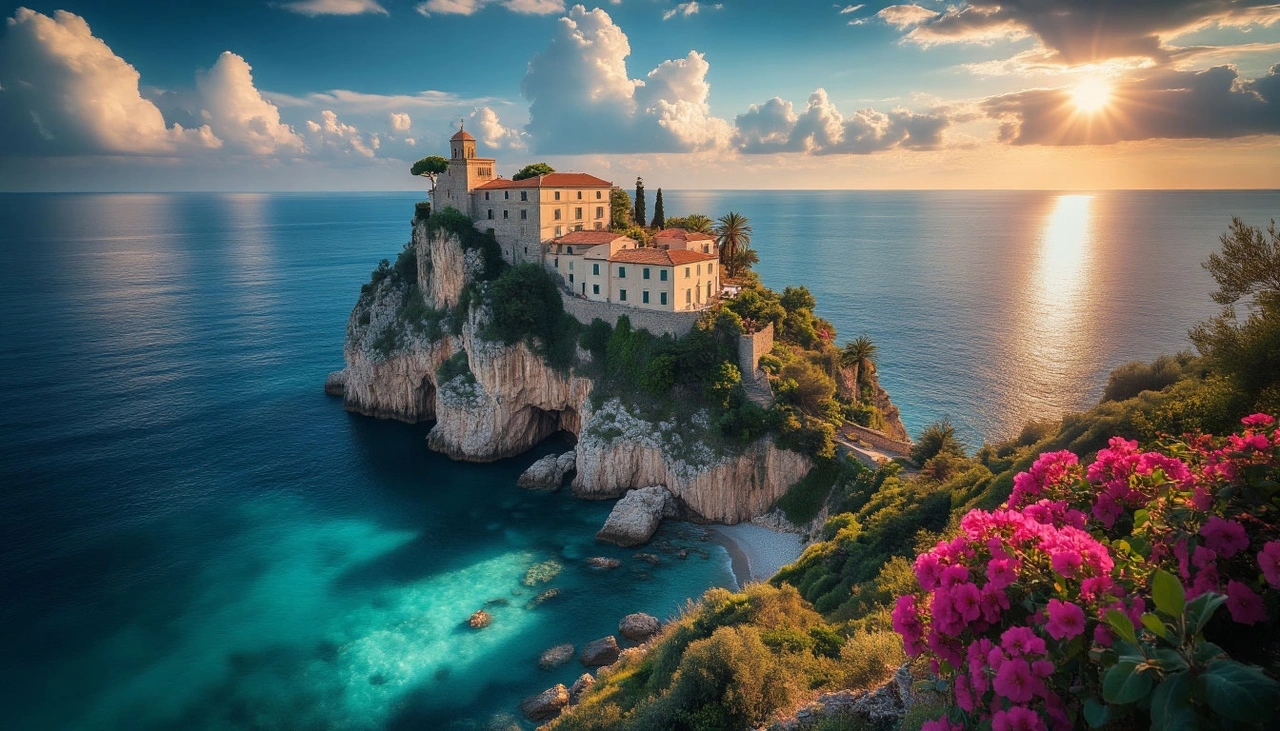
The architecture of Santa Maria dell’Isola reveals centuries of adaptation and survival. Initially built with Romanesque solidity—rounded arches, thick walls, and simple geometries—the structure later acquired delicate Gothic elements. Pointed arches, intricate carvings, and a refined facade were added during successive renovations following earthquakes.
Built with local stone, the monastery’s walls are engineered to endure the salty air and seismic tremors. Interior reinforcements and clever construction techniques allowed this monument to withstand nature’s tests while retaining its elegance. It’s a textbook example of Southern Italian engineering adapted to a volatile yet beautiful landscape.
🖼️ Sacred Icons and Mysterious Legends
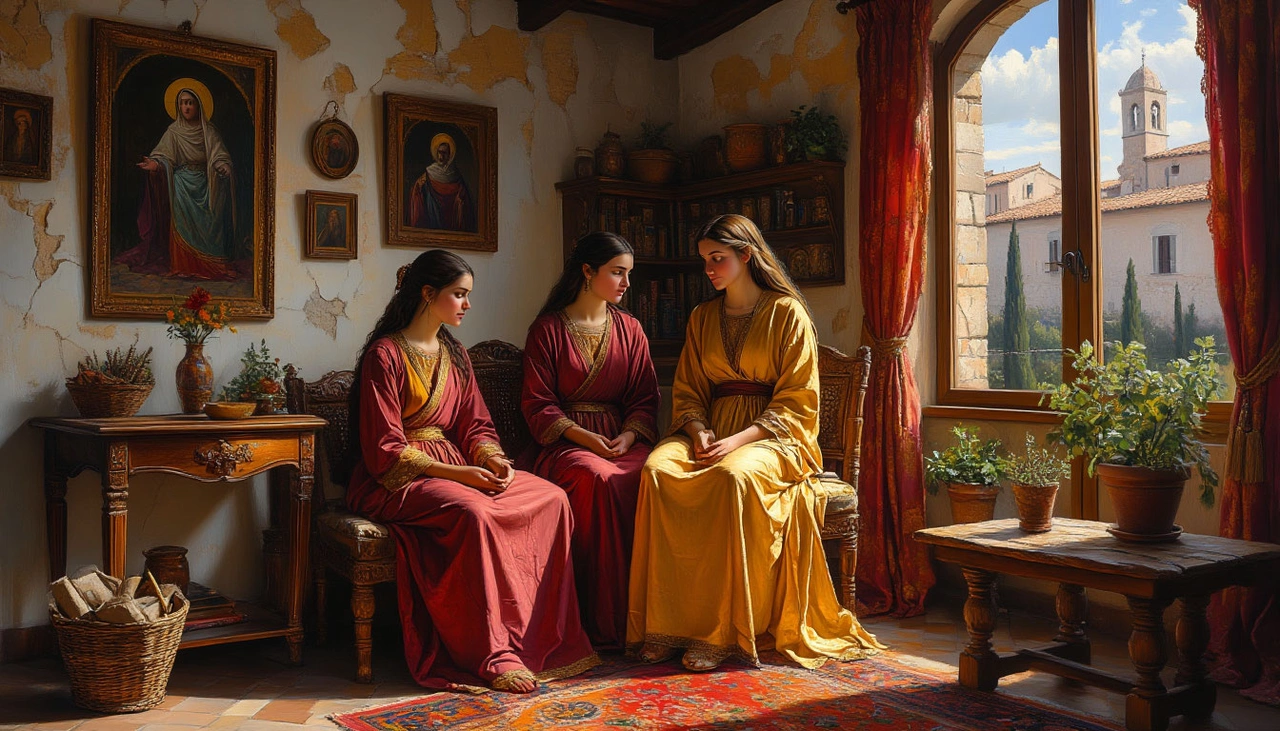
At the spiritual heart of the complex lies a rare 12th-century Byzantine icon of the Virgin Mary, painted in tempera and decorated with gold leaf. This artifact is not only a devotional object but a bridge to the region’s Eastern Christian heritage. Legends say the Virgin Mary appeared in a vision here in 1638, warning of a coming earthquake. Remarkably, historical records confirm such an event—yet the townspeople were spared, possibly due to the timely evacuation prompted by the vision.
Another tale tells of a wooden statue of the Madonna arriving by sea during the iconoclastic period, when sacred images were being destroyed in the Byzantine Empire. Smuggled across the Mediterranean, it found a new sanctuary on this promontory, adding to the mystique and sanctity of the site.
🥾 Getting There: The Path and the Experience
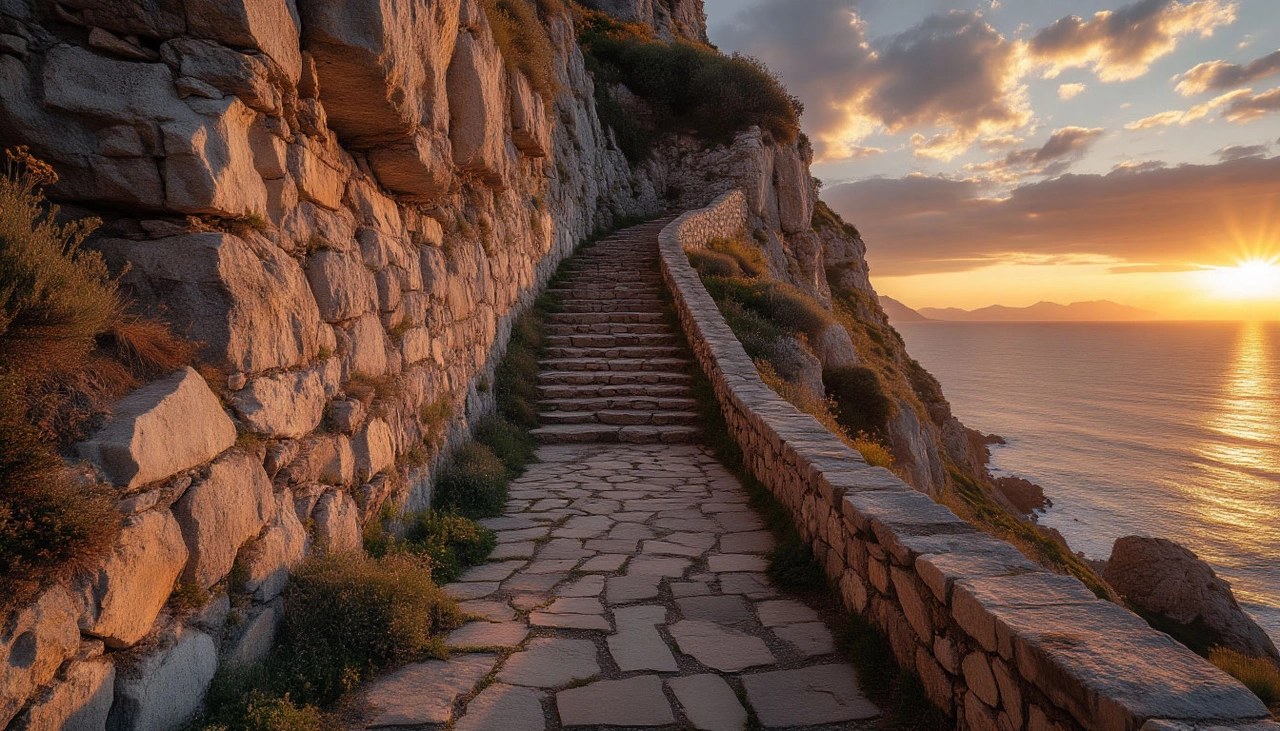
Visitors can reach the monastery via a carefully constructed 18th-century staircase carved into the rock. With around 100 steps and strategically placed rest platforms, the climb is manageable and rewarding. The best times to visit are early morning (8–10 AM) or late afternoon (5–7 PM), when soft lighting enhances the natural beauty and makes photography especially magical.
From the top, you’ll be rewarded with a 360-degree view: Tropea’s historic old town on one side and endless sea horizon on the other. This elevated vantage point provides insight into why this location was both spiritually and strategically chosen by its ancient builders.
🎉 Living Traditions and Local Celebrations
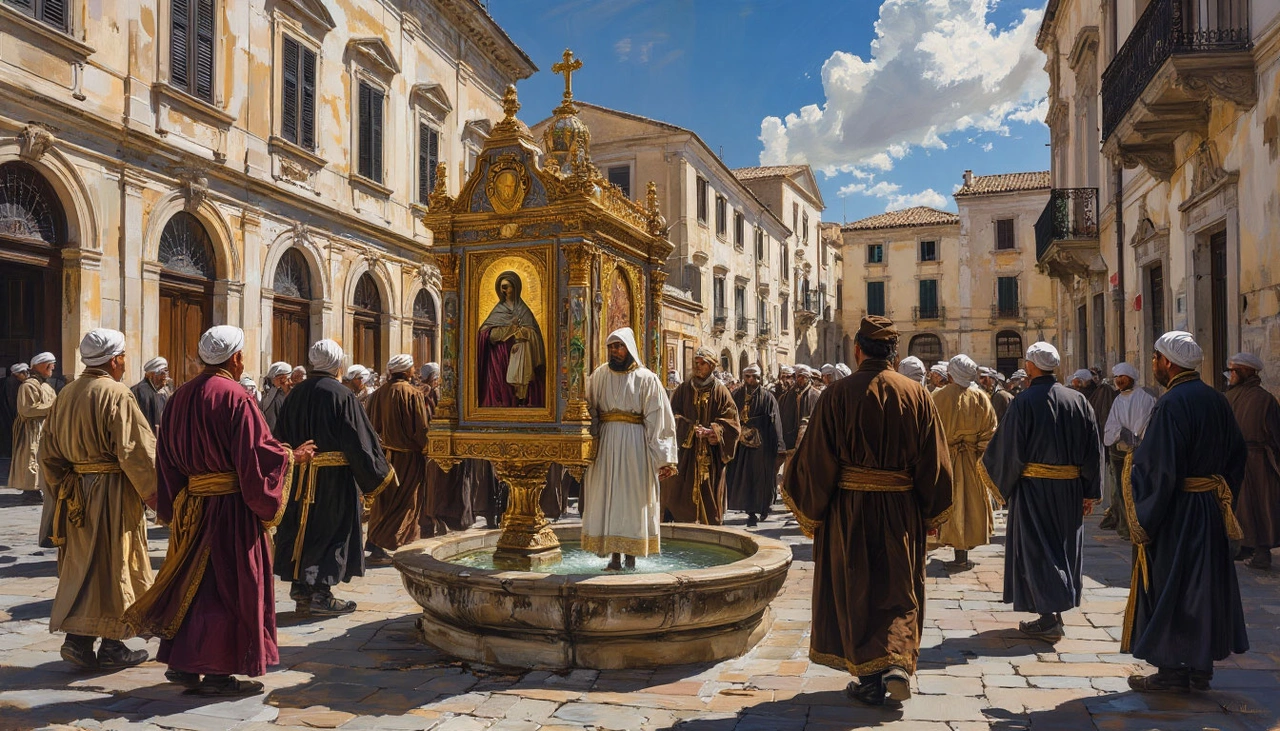
Though historic, Santa Maria dell’Isola is still alive with religious tradition. The highlight of the year is August 15—Feast of the Assumption—when a grand procession carries the Byzantine portrait of the Virgin through the cobbled streets of Tropea. This ritual, unchanged since the 17th century, draws pilgrims and locals alike in a vibrant display of faith and continuity.
Beyond spirituality, Tropea also delights with its culinary gifts. The famed Tropea red onion (Cipolla Rossa di Tropea IGP), sweet and mild thanks to iodine-rich coastal soil, is a staple in local dishes. It’s a reminder that culture here flows from both the land and the sea.
🚗 Beyond the Cliff: How to Explore the Region
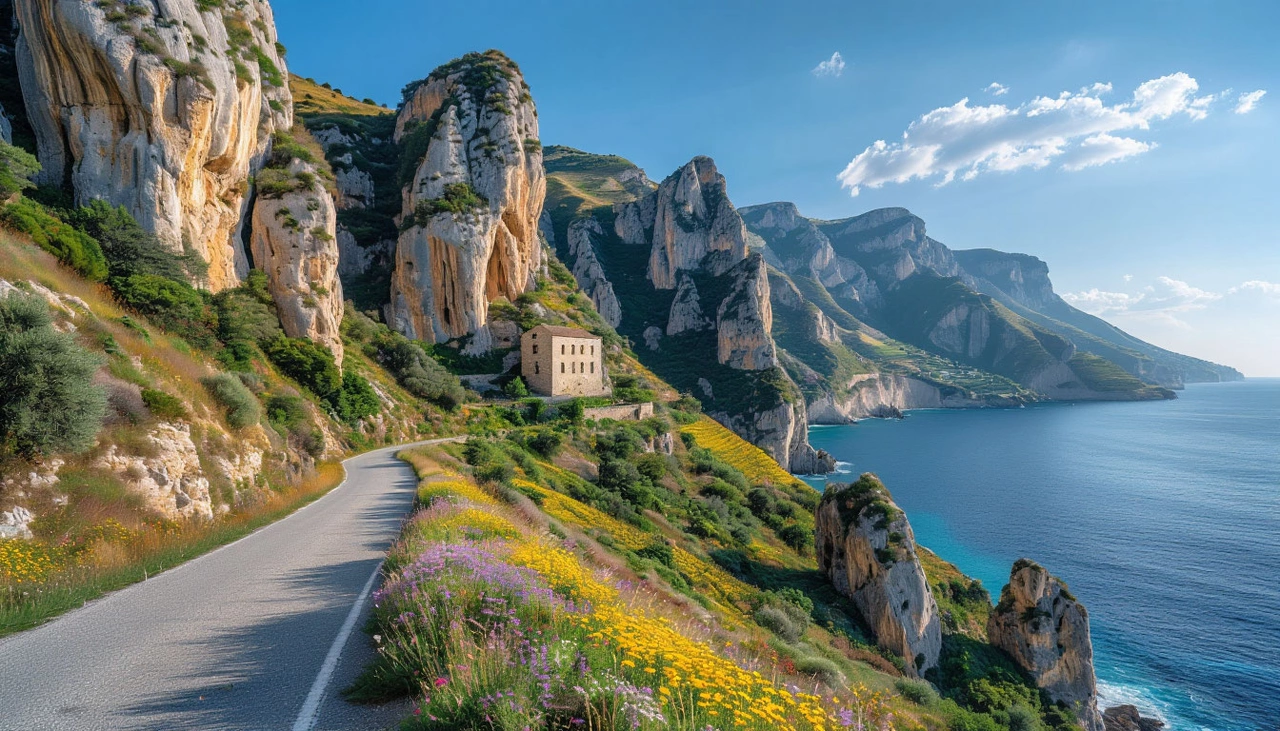
Reaching the site is easy with Calabria’s developed road system. Renting a car gives travelers flexibility to discover nearby gems, such as the town of Pizzo—home to the cave church of Piedigrotta and the historic Murat Castle. For a different perspective, boat tours along the Costa degli Dei (Coast of the Gods) offer dramatic views of the monastery from the water, echoing the way ancient sailors once encountered it.
These tours use shallow-draft boats, allowing close approaches to the rugged cliffs. It’s a uniquely immersive way to see the monastery as part of a landscape shaped by wind, water, and myth.
🌋 Bonus Journey: Volcanic Echoes Across the Sea
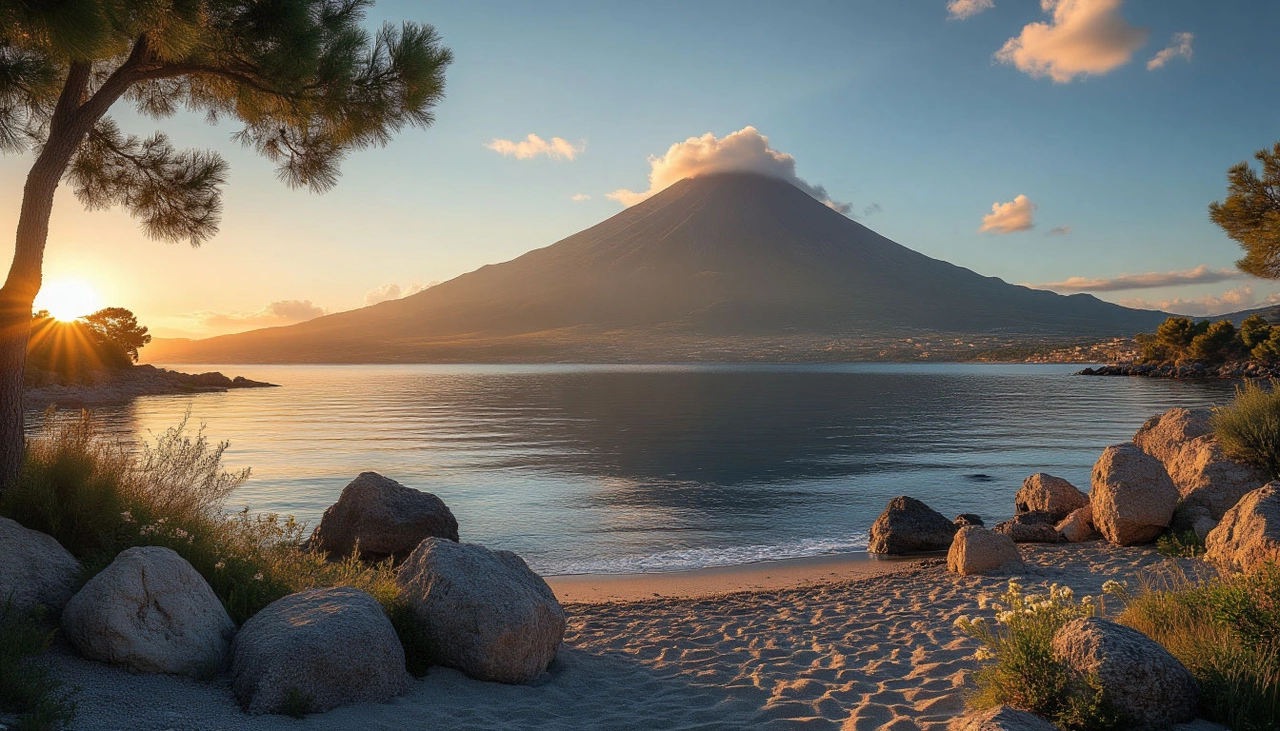
For the adventurous, a day trip to the Aeolian Islands is within reach. This volcanic archipelago—visible from Tropea on clear days—has been inhabited since Neolithic times. The islands offer hiking, archaeological sites, and the chance to see an active volcano, Stromboli, up close. It’s a fitting companion destination to Santa Maria dell’Isola, connecting geological wonders with spiritual heritage.
Close